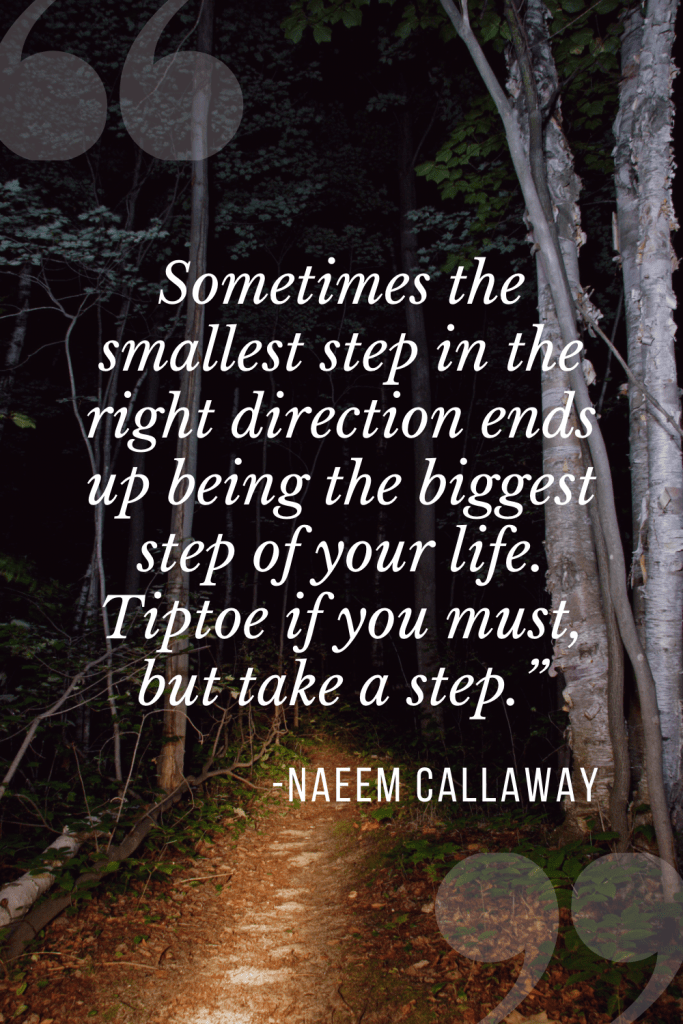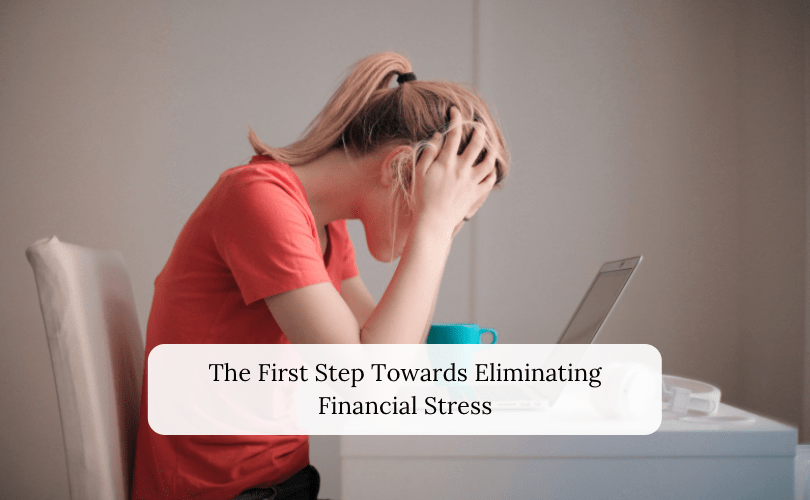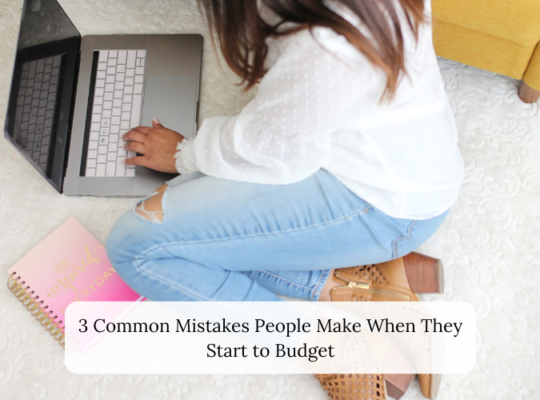It’s that feeling you get when you grab the mail after work – your stomach sinks in dread of more bills. Or that momentary panic when you log on to your bank account to check your balance – your heart racing and your mind going momentarily blank. Financial stress can be completely paralyzing. It can make it hard to be present at work, with the kids, or with your partner. And it can make you feel trapped – unsure of what to do. It’s important to face financial worries and one of the most effective ways to do that is to take the first step towards eliminating financial stress. But first, it’s important to understand what exactly financial stress is.
What is Financial Stress?
The Financial Health Institute defines financial stress as “A condition that is the result of financial and/or economic events that create anxiety, worry, or a sense of scarcity, and is accompanied by a physiological stress response.” Put simply, financial stress is when life events or conditions cause us to feel stressed, anxious, or worried about our money. It often stems from feelings of scarcity of money and a lack of confidence in our knowledge about how to manage it. It affects all of us at one time or another. According to a recent report by FINRA, 60% of people polled reported feeling anxious when thinking about their finances and 50% reported feeling stressed when they had to talk about their finances.
This stress takes a toll on a person both mentally and physically and can make it hard to think about anything else. It can be so paralyzing that you may not know where to start to effectively deal with it. So instead of dealing with it, you continue going forward as normal and the stress compounds. It is critical to deal with your financial stress so you can move passed it. The first step towards eliminating financial stress is knowing your numbers.
Taking the First Step Towards Eliminating Financial Stress

It is often said that the first step is the most difficult. And with eliminating your financial stress, it is no different. Sitting down and looking at the numbers can feel scary and overwhelming. But to truly get a handle on the situation, it’s where you must start. Because it can be so emotionally charged, set aside a time to specifically sit down and look at your numbers. Choose a time when you won’t be distracted, aren’t already stressed or overtired, and if you manage your money with a partner, a time where you can do it together. Put it on your calendar and treat it like an important work meeting. You are the CFO of your life – so really, it is an important meeting.
A Few Things to Keep in Mind
When it comes down to the brass tacks of money, it’s never just about money. Money seeps into every aspect of life and it can be hard to separate it from the emotions that go along with it. Keep this in mind as you sit down to review your numbers. Instead of letting yourself fall into a spiral fueled by shame, blame, or guilt, treat getting to know your numbers as a fact-finding mission. Try not to assign value judgements to past purchases and debts. You are taking the first step towards eliminating financial stress, so at this point you are just after the numbers.
It’s also important to keep a record of what you find. Write down amounts, due dates, and other key pieces of information along the way. This will help you put together a clear picture of where your finances are. It will also help you determine if you are spending according to your values and how to line your income and expenses up with your goals.
What Numbers Do You Need?
This process can be overwhelming enough without looking at ALL the numbers. So, to minimize the overwhelm and avoid inaction because of fear, here are the numbers I think you MUST start with as you take the first step to eliminating financial stress. Feel free to add in more numbers and information if you want, but if not, use these numbers as a place to get the ball rolling.
Your Income
Start first with the money you have coming in each month – your income. Be sure to include any and all income earned that can help support you and your household. If you have a partner who also works, their income should be included. Also include any outside support or benefits you get that can help meet your basic living expenses. I like to start with income because it’s something that you are actively doing to support yourself. Getting a sense of what is coming in can help you as you start to see what needs to go out.
Your Essential Expenses
Next look at the expenses that are essential to your life. These are the expenses that you must pay to continue to live and work. Include housing costs, groceries, utilities, internet, cell phones, insurance, medicine, childcare, and any other expenses that are essential. If it’s a bill that must get paid, I also write down how much I owe (if it’s the same every month), the due date, and payment method (autopay, check, transfer etc.).
Your Debt Repayments
Next, look at all of your debts. Include credit card bills, medical debt, student loans, home loans, car loans, personal loans, and any other debts you have. Write down how much you owe in total, to whom you owe it, what your minimum monthly payment amount is, and what day it is due. I also like to include the interest rate and my payoff date just so I know what my targets are.
Your Savings
If you are saving money monthly, write out how much you are saving. Writing down your savings is good for two reasons. First, it can help you see areas where you are making progress on your financial goals. This can alleviate some stress because you can see the positive impact money is having. Second, it also can help you see spots to cut back if necessary.
Other Numbers You Can Look At
I would start with these four categories when you take the first step towards eliminating financial stress. But you can add in more numbers if you want in order to build a complete personal finance picture. If that’s the case you could also include optional expenses (everything outside of essential spending, debt repayments, and saving). You could also total up everything you own (assets) and everything you owe (liabilities). Comparing the two will give you a picture of your net worth. Just remember to look at the key numbers and don’t overwhelm yourself.
Final Thoughts
When you take the first step towards eliminating financial stress it is normal to feel uncomfortable, unsure, and even a bit more stressed out. This is because even if it isn’t comfortable, living in a state of financial stress is what you’re used to. Our brains resist what is new to keep us where we are because it’s perceived to be safe. Pushing through these feelings and learning about the numbers will help you make progress towards crushing your financial stress once and for all.
Once you know your numbers, it’s time to work on creating a personal money management system to organize and manage your money. To learn about this, check out my blog post “Creating a Money Management System You Can Stick To”.
If you are ready to say goodbye to financial stress, one-on-one financial coaching can help! To learn more and set up a free discovery call click here!







